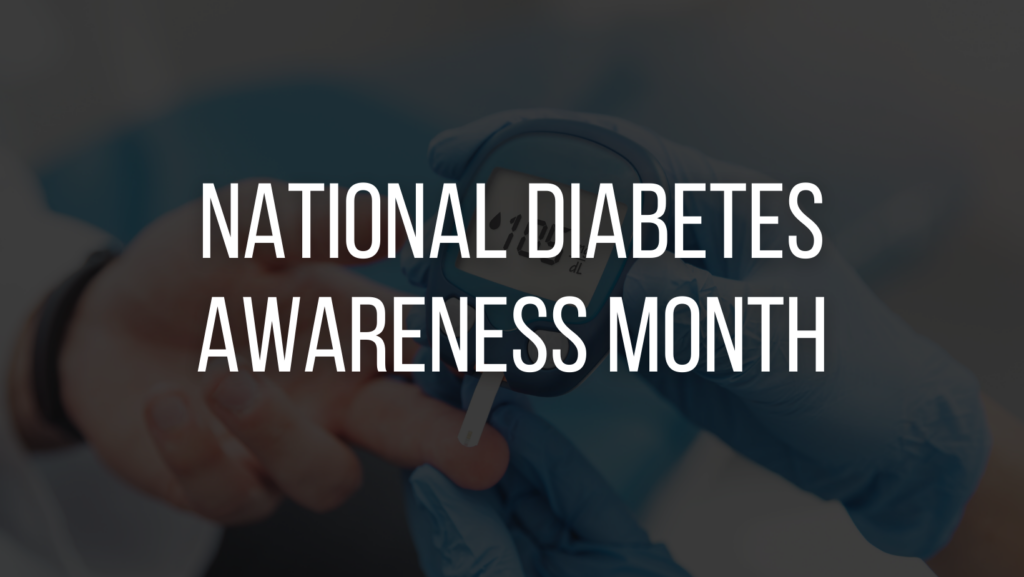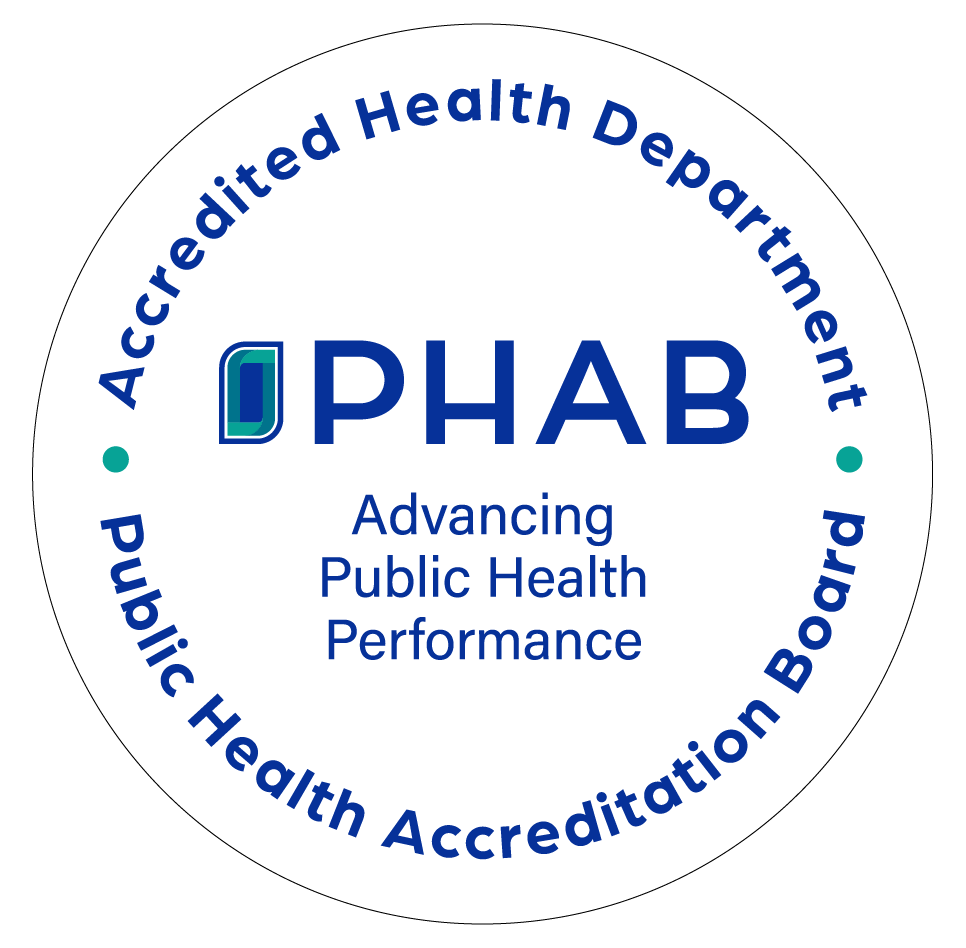
November is National Diabetes Awareness Month. Diabetes is one of the most prevalent and serious chronic diseases in the United States.
The Ohio Department of Health reports nearly 1 million (11.1%) Ohio adults have been diagnosed with diabetes. In addition, nearly 800,000 adults in Ohio had been diagnosed with prediabetes, and it is estimated that more than 1 million Ohio adults have prediabetes but have not been diagnosed. Diabetes is the seventh leading cause of death in Ohio and the United States according to the 2018 Ohio Chronic Disease Burden Report.
“Diabetes disrupts the way the body breaks down food for energy,” Wyandot County Public Health Director of Nursing Jamie Crawford explained. “Most of the food that we eat is broken down into sugar or glucose, for the body to use as energy. A diabetic person’s body either won’t make insulin or cannot use insulin as well as it should.”
Insulin is produced in the pancreas and helps get sugar or glucose into the cells of the body. When it is not working properly a buildup of sugar or glucose occurs in the blood, causing high blood glucose.
Types of diabetes include type 1, type 2, and gestational diabetes. Prediabetes is a condition in which individuals have blood sugar/glucose levels higher than normal but not high enough to be diagnosed with type 2 diabetes. Individuals with prediabetes are at an increased risk of developing type 2 diabetes within 10 years along with other health problems such as heart disease and stroke.
Type 1 diabetes
Previously known as juvenile-onset diabetes, type 1 diabetes is a chronic disease in which the pancreas does not produce insulin. The disease usually develops in children and young adults but can occur at any age, when the body’s immune system attacks and destroys the insulin producing cells in the pancreas.
The cause of developing type 1 diabetes is unknown; however, it is believed that there are both genetic and environmental factors that may trigger the onset. Type 1 diabetes risk factors include age and family history. A person is more likely to develop type I diabetes as a child, teenager, or young adult. Having a parent, brother or sister with type 1 diabetes indicates an increased risk for developing the disease.
There is no known way to prevent type 1 diabetes, but the disease can be managed through daily insulin injections, blood glucose monitoring, eating healthfully and adequate exercise.
Type 2 diabetes
Previously known as non-insulin-dependent diabetes mellitus (NIDDM) or adult onset, type 2 diabetes is the most common form of diabetes accounting for 90 to 95% of all diagnosed cases of diabetes. With type 2 diabetes, the body either is not able to use insulin correctly (a hormone that regulates sugar/glucose) or does not produce enough insulin to maintain a normal glucose level.
Type 2 diabetes risk factors include being overweight, being over the age of 45, having an inactive lifestyle, having prediabetes, having a family member who is diabetic, having had gestational diabetes, high blood pressure and high cholesterol and tobacco use. A person’s race also can indicate an additional risk factor with the most at-risk races being African American, Hispanic/Latino American, American Indian and Alaska native persons.
A person with type 2 diabetes may notice symptoms including increased thirst, frequent urination, increased hunger, weight loss, fatigue, blurry vision, cuts, and bruises that are slow to heal and tingling, pain or numbness in the hands and feet. When any of these symptoms are present, follow up with a primary care physician to confirm diagnosis with testing. Tests may include a hemoglobin A1c test, a fasting plasma glucose test and an oral glucose tolerance test. Early detection and treatment of diabetes is key in decreasing the risk of developing complications which may include eye and retina damage, foot and nerve damage, hearing impairment, kidney damage, nerve damage and cardiovascular diseases.
Gestational diabetes
Gestational diabetes is a type of diabetes that is first seen in a pregnant woman who did not have diabetes before she was pregnant. Some women develop gestational diabetes in the middle of pregnancy. Doctors usually test for it between 24 and 28 weeks of pregnancy.
Although this form of diabetes usually disappears after the birth of the baby, women who have had gestational diabetes have a 40-60% chance of developing type 2 diabetes within five to 10 years. Maintaining a reasonable body weight and being physically active may help prevent development of type 2 diabetes. About 3-8% of pregnant women in the United States develop gestational diabetes.
As with type 2 diabetes, gestational diabetes occurs more often in some ethnic groups and among women with a family history of diabetes. Gestational diabetes is caused by the hormones of pregnancy or a shortage of insulin. Women with gestational diabetes may not experience any symptoms.
Managing diabetes
When diabetes is not managed properly, it can cause complications such as blindness, kidney failure, heart disease, nerve damage, and loss of toes, feet and even legs.
“Diabetes can be controlled by working with a physician to keep blood sugar and glucose levels within a normal range,” Crawford said. “It’s also important to eat well and to be physically active. When steps are taken to control diabetes, the risk of developing complications is usually lower.”
Locally, resources are available to support individuals with diabetes.
The Silver Sneakers program and the diabetes support group, both through Wyandot Memorial Hospital, offer exercise and helpful tips to those living with diabetes.
Community gardens, including The Carey Link’s community garden in Carey, and Wyandot County Public Health’s community garden at the corner of Hicks Street and South Sandusky Avenue in Upper Sandusky, offer spaces for community members to grow healthy foods. Community plots also produce fresh food that is donated to local food pantries throughout the growing season. For more information about getting healthy foods from the community garden call 419-294-3852.
In addition to joining local support groups, exercise programs and eating healthy foods those with diabetes may consider utilizing a dietician. Dieticians specialize in healthy eating and can help patients create a plan to manage their diabetes. It may also be helpful to prepare weekly meals all in one day to save time throughout the week. This additionally helps to prevent food waste and to save money. Finally, just 30 minutes of exercise daily makes a difference. Walking outside for 30 minutes daily is a free exercise that can be completed anywhere.

